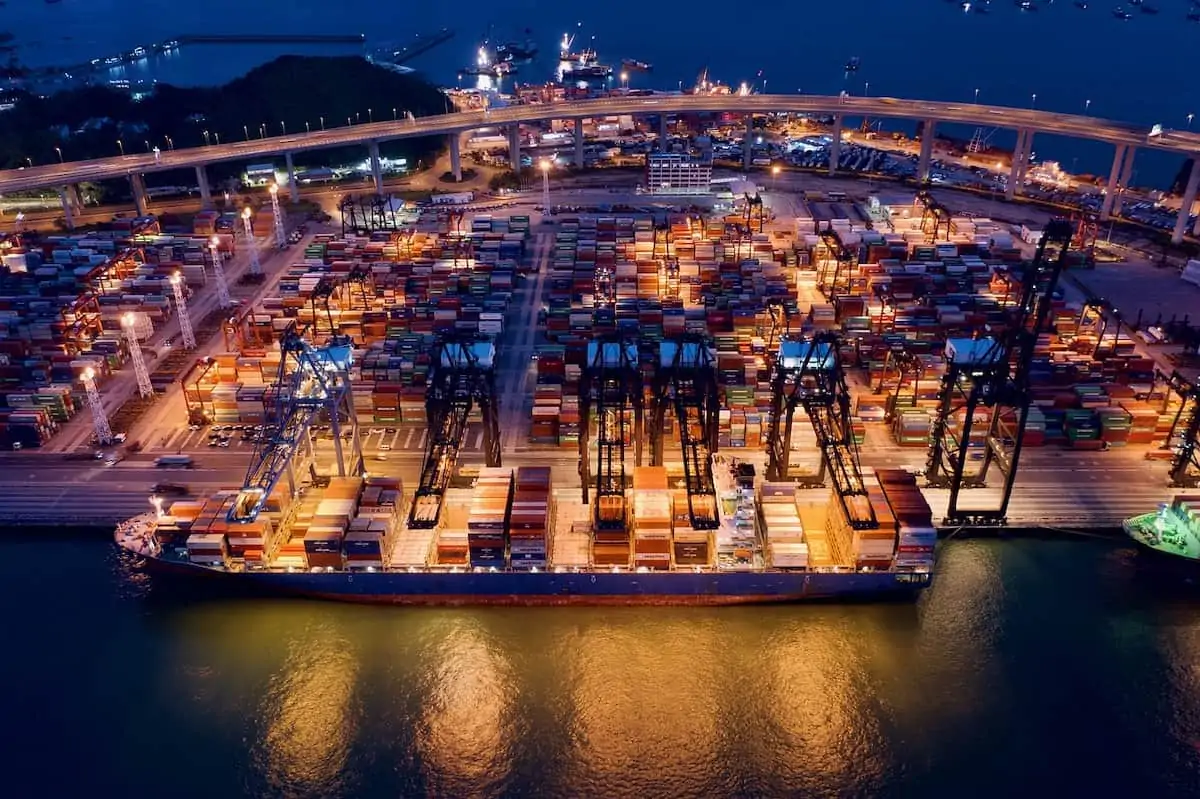The ability to unlock freight mode optimization and gain meaningful insights to monitor, measure and improve supply chain management is more critical than ever.
And according to a recent survey of logistics professionals, reported by Supply Chain 24/7, “A combined 61% of research participants indicated that improving forecast accuracy is either ‘important’ or ‘extremely important’ for their organizations. To improve accuracy, many are betting on new technologies like machine learning and demand sensing.”
Shippers, logistics service providers (LSPs), carriers and drivers need to know how optimization of freight is evolving in the wake of digital transformation, why it is more than simple freight mode analysis and its implications for maximizing supply chain performance.
LEADING MISCONCEPTIONS AND CHALLENGES OF FREIGHT OPTIMIZATION
When it comes to managing and optimizing freight, several common misconceptions already exist, including:
- A TMS optimizes freight on its own. While some TMS platforms may offer freight optimization capabilities, they are only getting a fraction of the picture based on their data connections’ age and scope – meaning they usually fall short.
- The carrier is already looking out for us and offering the best price. Carriers are focused on their business, meaning they want the most lucrative tenders first.
- Tender rejections are inevitable. In reality, higher tender rejections occur because carriers, drivers or LSPs don’t see the real value in accepting a tender.
Now, consider these added challenges in trying to overcome the myths.
- Tender rejections are continuing to grow in frequency. Tender rejections will only grow more severe during times of disruption, just as we have seen with historic high rejections rates in FreightWaves SONAR Outbound Tender Rejections Index (figure 1). Since the only certainty in supply chain management is uncertainty, planning for more tender rejections for undesirable freight is the best policy. In other words, it’s time to rethink the strategy and avoid rejection risks in the first place.
- Shippers lack access to meaningful insights and data beyond their companies and direct trading partners.The problem of limited access for effective application of data to optimize freight mode remains rampant. However, shippers and freight management parties that bring in millions of freight market data points from outside their operation will have an advantage.
The best way forward is to recognize when things go wrong and intervene to yield the best performance.
FREIGHT OPTIMIZATION OFFERS SIGNIFICANT ADVANTAGES
Existing freight optimization is usually directed at optimizing the specific balance of modes or lanes with a particular carrier. However, data’s ability to aid in freight optimization offers significant advantages and looks far beyond a single carrier, route, shipper, origin, destination, or potential disruptive influence.
It is an immensely complex process that continuously evolves and reflects the latest threats and opportunities. Freight optimization is a key performance area for any supply chain head in any industry. This essentially means the moving of products to customers while maintaining desired service levels in the supply chain by determining the most efficient means.
This is so effective that if it is done properly, this can reduce freight costs anywhere from 10% to 40%.
HOW TO APPLY PERFORMANCE MEASUREMENT TO INCREASE FREIGHT OPTIMIZATION
All freight management parties can successfully maximize performance through proper optimization of freight processes. However, optimization of freight can be a topic that harkens anxiety in how a manager goes about the initiative.
The transportation manager or broker may have concerns about finding and applying the right resources to properly connect data sets together that also yield meaningfully actionable insights. Such a technical undertaking in-house is likely too cost-prohibitive.
As a result, many brokers, shippers and carriers turn to outside resources, like FreightWaves and freight forecasting engines, such as FreightWaves SONAR to make it possible. Still, it helps to have a few best practices to apply performance measurement data to increase freight optimization, including:
- Eliminate manual processes to collect data and instead utilize automated integrations that share freight data in real-time via API or an elegant user interface to capture more value.
- Prioritize tenders by using SONAR features like Lane Signal and Lane Score data.
- Recognize if the market is in the favor of the shipper or carrier and tender freight accordingly.
- Use freight forecasting data to manage operations and freight sales staff and maximize their value.
- Look at the market-specific conditions of each load before tendering freight.
- Consolidate shipments when necessary, based on the most desirable rate, lane, ETA, mode and LSP.
- Use auditing resources to combine historical data with invoice processing to validate shipment data against the market, highlighting the company’s best and worst transactions.
- Initiate new freight bidding processes when the data indicates it’s time for a change.
GET IN-DEPTH MARKET INSIGHTS TO ENHANCE FREIGHT OPTIMIZATION WITH SONAR
The adage remains true – performance measurement is the only way to improve anything. While that may not seem like a foreign concept in the global, connected supply chain, optimization of freight protocols remains archaic.
It truly doesn’t matter if a company gets the best spot rate or contract freight rate; it’s all about the total landed cost and impact on the business-customer relationship. The best-laid plans for maximizing freight mode optimization will not work when companies fail to realize the real complexity and scope of capturing and applying meaningful insights.
Fortunately, an advanced freight forecasting engine helps achieve those goals.

